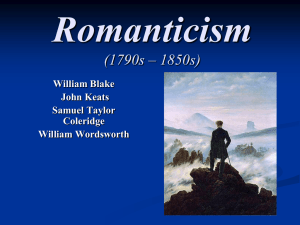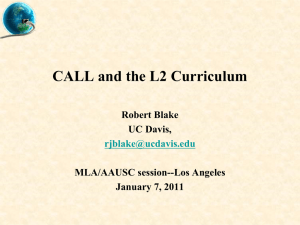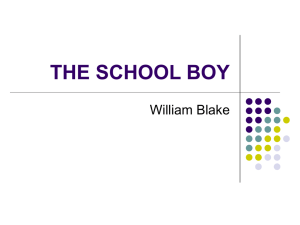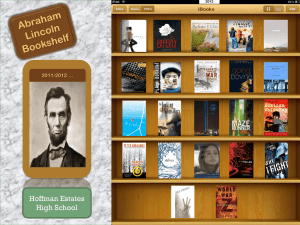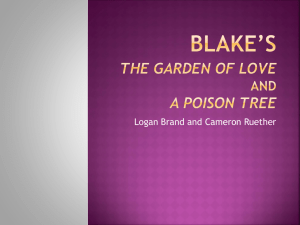The Art of William Blake
advertisement
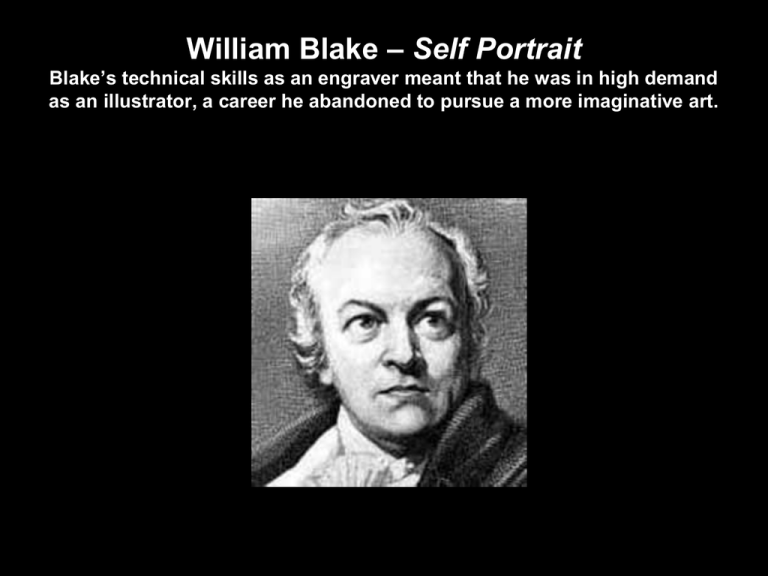
William Blake – Self Portrait Blake’s technical skills as an engraver meant that he was in high demand as an illustrator, a career he abandoned to pursue a more imaginative art. William Blake – The Tyger Here, Blake asks the age-old question: If God is benevolent, why is there evil in the world? His response is surprising and somewhat unsettling. William Blake – The Lamb The Lamb provides a counterpoint to The Tyger and, taken together, they force viewers/readers to reevaluate their assumptions. William Blake – The Chimney Sweeper Included in The Songs of Innocence, the poem and its illustration conveys a bitter sense of irony regarding this important social issue. William Blake – The Chimney Sweeper As one of the poems of Experience, the illustration uses tone and design composition to provide a grim critique of child labour. William Blake – Songs of Innocence Blake’s collections of poems appeared in multiple versions and editions, and frequently differ in design and/or colouration. William Blake – Songs of Innocence and Experience Blake’s collections of poems appeared in multiple versions and editions, and frequently differ in design and/or colouration. William Blake – Songs of Innocence and Experience Blake’s collections of poems appeared in multiple versions and editions, and frequently differ in design and/or colouration. William Blake – London Despite its rather “pretty” appearance, London is a scathing indictment of the period’s urban conditions. Visual details support this theme. William Blake – A Negro Hung Alive Blake’s social conscience extended to the plight of African slaves, an issue that was growing in significance in both Europe and America. William Blake – Dante and Virgil at the Gates of Hell Inspired by Dante’s Divine Comedy, this illustration reflects Blake’s interest in and knowledge of great works of literature. William Blake – Lear and Cordelia in Prison This illustration, designed for an edition of Shakespeare’s famous tragedy, unites textual accuracy with personal vision. William Blake – The Body of Abel Found by Adam and Eve The Bible and Christian tradition were major influences on Blake; however, for him, they were primarily fuel for the imagination. William Blake – Nebuchadnezzar The Bible and Christian tradition were major influences on Blake; however, for him, they were primarily fuel for the imagination. William Blake – Great Red Dragon The Bible and Christian tradition were major influences on Blake; however, for him, they were primarily fuel for the imagination. William Blake – The Omnipotent Blake’s vision of God and creation reflect contemporary views that included scientific concepts as an integral part of their belief system. William Blake – Isaac Newton In a theological system that conceived of God as the Great Designer, Newton often became elevated to the rank of demi-God. William Blake – The Good and Evil Angels Traditional religion becomes transformed by Blake into a new theology, one that consciously disrupts conventional beliefs and assumptions William Blake – The Marriage of Heaven and Hell (cover) This new theology of the imagination finally evolved as full collections of engravings and poetry that explore the artist’s emerging philosophy. William Blake – Los Entering the Grave Blake’s works frequently feature settings and characters (Los, for example) that are purely imaginative and/or symbolic.


